Rheem Heat Pump Troubleshooting: Expert Tips for Quick Fixes
Rheem heat pump troubleshooting involves checking for common issues such as thermostat settings, power supply, and air filters. Inspect the system for error codes and unusual noises.
Heat pumps are essential for maintaining comfortable indoor temperatures. Rheem heat pumps are reliable, but like all HVAC systems, they can encounter problems. Understanding common issues and basic troubleshooting can save time and money. Start by ensuring the thermostat is set correctly and that the power supply is intact.
Regularly clean or replace air filters to maintain efficiency. Listen for unusual noises and check for error codes on the display. These steps can often resolve minor issues and help determine if professional service is needed. Proper maintenance ensures a longer lifespan for your Rheem heat pump.
Rheem Heat Pump Troubleshooting For Common Problems

Rheem heat pumps are efficient and reliable. But they can sometimes face issues. Identifying these problems quickly can save time and money. Here are some common issues you might encounter.
No Heating
If your Rheem heat pump is not heating, check the thermostat settings. Ensure the thermostat is set to “heat” mode. Also, verify that the temperature is set higher than the room temperature.
- Check the circuit breakers. They might have tripped.
- Inspect the air filter. A dirty filter can block airflow.
- Examine the outdoor unit. Remove any debris around it.
Sometimes, the refrigerant level might be low. Contact a professional to refill it.
No Cooling
If your Rheem heat pump is not cooling, ensure the thermostat is set to “cool” mode. Verify that the temperature is set lower than the room temperature.
- Check the air filter. Replace it if it’s dirty.
- Inspect the outdoor unit. Clean any debris around it.
- Examine the condenser coils. Clean them if they are dirty.
If these steps don’t work, the refrigerant might be low. A professional can help with this.
Strange Noises
Strange noises from your Rheem heat pump can be alarming. Identify the type of noise to pinpoint the issue.
| Noise | Possible Cause |
|---|---|
| Banging | Loose or broken part |
| Clicking | Electrical problem |
| Humming | Fan motor issue |
If you hear a strange noise, turn off the unit. Contact a professional for help.
Basic Maintenance
Regular maintenance keeps your Rheem heat pump working efficiently. It prevents issues and extends the unit’s life. Let’s explore three essential tasks for basic maintenance.
Cleaning Filters
Dirty filters can reduce your heat pump’s efficiency. Clean them regularly to ensure proper airflow. Follow these steps:
- Turn off the heat pump.
- Locate the filter compartment.
- Remove the filters carefully.
- Wash the filters with warm water.
- Let the filters dry completely.
- Reinstall the filters and turn the heat pump back on.
Cleaning the filters every month is ideal for maintaining performance.
Checking Thermostat
A faulty thermostat can disrupt your heat pump’s function. Checking it ensures the temperature settings are accurate.
- Verify the thermostat settings.
- Ensure the thermostat is on the correct mode (heat/cool).
- Replace the batteries if the display is dim or blank.
- Consider recalibrating the thermostat if temperatures seem off.
Regular checks keep your thermostat in optimal condition.
Inspecting Ductwork
Leaky or blocked ducts affect heating and cooling efficiency. Inspect your ductwork for any issues.
| Inspection Task | Action Needed |
|---|---|
| Look for visible leaks or damage. | Seal any leaks with duct tape. |
| Check for blockages or obstructions. | Remove any debris or blockages. |
| Ensure all connections are secure. | Tighten any loose connections. |
Inspecting ductwork twice a year is recommended for efficient performance.
Electrical Problems
Electrical problems in Rheem heat pumps can cause many issues. These issues often lead to system malfunctions. Troubleshooting these problems can help in restoring proper function. Below are common electrical issues and their solutions.
Tripped Breakers
A tripped breaker is a common electrical problem. It often occurs due to overloaded circuits. First, check the breaker box. Reset any tripped breakers. If the breaker trips again, there may be a deeper issue. It could be a short circuit or ground fault. You may need to consult an electrician for further diagnosis.
Faulty Wiring
Faulty wiring can also disrupt your Rheem heat pump. Inspect all visible wires for damage. Look for signs like burn marks or frayed wires. Use a multimeter to test for continuity. Faulty wiring often requires professional repair. Do not attempt to fix it yourself if you are unsure.
Capacitor Issues
Heat pumps rely on capacitors to start the motors. A bad capacitor can cause the system to fail. Symptoms include humming noises and delayed start-ups. You can test capacitors with a multimeter. Replace any faulty capacitors. Always discharge the capacitor before handling it.
| Common Symptoms | Possible Cause | Action |
|---|---|---|
| System won’t start | Tripped breaker | Reset breaker |
| Intermittent operation | Faulty wiring | Inspect and repair wiring |
| Humming noise | Capacitor issue | Test and replace capacitor |
Refrigerant Concerns
Heat pumps need the right refrigerant levels to work well. Problems with refrigerant can cause your Rheem heat pump to fail. Let’s look at some common refrigerant issues and how to fix them.
Low Refrigerant
Low refrigerant levels can reduce your heat pump’s efficiency. Signs of low refrigerant include poor heating or cooling and high energy bills. A qualified technician should check the refrigerant levels.
Leaking Refrigerant
Leaking refrigerant is a serious issue. Leaks can damage your heat pump and harm the environment. Look for signs like hissing sounds or oily spots on the unit. If you suspect a leak, call a professional right away.
Recharging Refrigerant
Recharging refrigerant means adding more refrigerant to the system. Only a certified technician should do this. They will check for leaks first and then add the right amount of refrigerant.
Here are the steps involved in recharging refrigerant:
- Identify and fix any leaks.
- Use the correct type of refrigerant.
- Follow the manufacturer’s guidelines for the amount.
Maintaining proper refrigerant levels ensures your heat pump works efficiently. Keeping an eye on refrigerant issues can save you money and extend the life of your heat pump.
Sensor Troubles
Heat pumps rely on several sensors to function correctly. Faulty sensors can cause various issues with your Rheem heat pump. This section will help you troubleshoot sensor troubles effectively.
Thermostat Sensor
The thermostat sensor monitors the room’s temperature. If this sensor fails, your heat pump may not heat or cool properly.
- Check for loose or damaged wires.
- Ensure the sensor is clean and unobstructed.
- Test the sensor with a multimeter.
If the sensor is faulty, replace it promptly. A faulty thermostat sensor can disrupt your comfort.
Defrost Sensor
The defrost sensor detects frost buildup on the heat pump’s coils. This sensor is crucial for maintaining efficiency.
| Symptom | Possible Cause | Action |
|---|---|---|
| Unit stays in defrost mode | Defrost sensor is faulty | Check sensor resistance |
| Frost buildup on coils | Sensor not triggering defrost | Inspect and clean sensor |
Replace a defective defrost sensor to avoid efficiency loss.
Ambient Temperature Sensor
The ambient temperature sensor measures the outdoor temperature. This sensor helps the heat pump adjust its operation based on the weather.
- Locate the ambient temperature sensor.
- Inspect for physical damage or dirt.
- Use a multimeter to check sensor readings.
A malfunctioning ambient temperature sensor can cause incorrect temperature adjustments. Ensure this sensor is always in good condition.
Fan And Compressor Issues
Heat pumps are reliable, but they can have problems. The fan and compressor are crucial parts. If they don’t work right, your Rheem heat pump won’t either. Here we cover common fan and compressor issues.
Fan Not Running
If the fan isn’t running, your heat pump can’t cool or heat your home. Check if the circuit breaker is tripped. Reset it if needed. Inspect the fan blades. They should spin freely. If not, debris might be blocking them. Clean the blades carefully.
Next, test the capacitor. A faulty capacitor can stop the fan. Use a multimeter to check it. Replace the capacitor if it’s bad. Also, inspect the motor. A burned-out motor needs replacing.
Compressor Overheating
An overheating compressor is a serious issue. It can cause total failure. Start by cleaning the condenser coils. Dirty coils make the compressor work harder. This leads to overheating. Use a soft brush or vacuum to clean them.
Check the refrigerant levels. Low refrigerant can overheat the compressor. If levels are low, you might have a leak. Call a professional to fix it. Also, make sure the fan motor is working. It helps cool the compressor.
Compressor Not Starting
If the compressor won’t start, it can’t move refrigerant. This means no heating or cooling. First, check the thermostat. Ensure it’s set correctly. Sometimes, a simple adjustment solves the problem.
Next, inspect the start relay. A bad relay can stop the compressor. Replace it if needed. Also, test the capacitor. A faulty capacitor can prevent the compressor from starting. Use a multimeter to check it.
In some cases, the compressor motor might be bad. A professional should replace it. Regular maintenance can prevent these issues. Keep your heat pump in good shape for the best performance.
Control Board Problems
The control board is a crucial component of a Rheem heat pump. It manages the system’s operations. Problems with the control board can disrupt the entire heating process. Understanding these issues is essential for effective troubleshooting.
Faulty Control Board
A faulty control board can cause multiple issues. The heat pump may not start. The unit could also run intermittently. Common signs include error codes and unresponsive controls. Check for visible damage on the board. Burn marks or loose connections indicate a problem. Use a multimeter to test the board’s functionality.
Resetting Control Board
Resetting the control board often solves minor issues. Follow these steps to reset:
- Turn off the power to the heat pump.
- Wait for at least 5 minutes.
- Turn the power back on.
- Check if the system starts normally.
If the problem persists, further troubleshooting is necessary.
Replacing Control Board
If resetting does not work, you may need to replace the control board. Follow these steps for replacement:
- Turn off the power to the heat pump.
- Open the unit’s access panel.
- Locate the control board and disconnect all wires.
- Remove the faulty board from its mounting.
- Install the new control board in the same position.
- Reconnect all wires carefully.
- Close the access panel and turn the power back on.
After replacement, the system should function correctly. Always use a compatible control board to avoid further issues.
DIY Vs Professional Help
Troubleshooting a Rheem heat pump can be challenging. Knowing when to DIY and when to call a professional can save you time and money.
When To DIY
Some issues can be fixed at home. Here are a few:
- Check the thermostat settings: Ensure it is set to the correct mode.
- Inspect the air filters: Dirty filters can cause problems. Clean or replace them.
- Reset the system: Sometimes a simple reset can solve issues. Turn off the unit, wait five minutes, and turn it back on.
These steps are simple and safe. They do not require special tools.
When To Call A Professional

Some problems need expert help. Here are signs you should call a technician:
- Unusual noises: Strange sounds may indicate serious issues.
- Frequent cycling: If the unit turns on and off too often, call a pro.
- Leaking: Water or refrigerant leaks are serious. They need professional repair.
Professionals have the tools and knowledge to handle these problems safely.
Finding A Reliable Technician
Choosing the right technician is important. Here is a quick guide:
| Criteria | Details |
|---|---|
| Experience | Look for technicians with at least 5 years of experience. |
| Certifications | Ensure they are certified by recognized bodies. |
| Reviews | Check online reviews. High ratings and positive feedback are good signs. |
| Warranty | Choose technicians who offer a warranty on their work. |
Following these tips will help you find a reliable professional.
Frequently Asked Questions
Why Is My Rheem Heat Pump Not Heating?
Your Rheem heat pump may not be heating due to a thermostat issue, low refrigerant, or a malfunctioning component.
How Can I Reset My Rheem Heat Pump?
To reset your Rheem heat pump, turn off the unit, wait a few minutes, then turn it back on.
What Causes A Rheem Heat Pump To Freeze?
A Rheem heat pump can freeze due to low refrigerant, poor airflow, or malfunctioning defrost control.
How Do I Fix Rheem Heat Pump Error Codes?
Refer to your Rheem heat pump manual to identify and troubleshoot specific error codes or contact a professional.
Why Is My Rheem Heat Pump Making Noise?
Noise from a Rheem heat pump can be caused by loose components, debris, or a failing motor. Check and fix these issues.
Conclusion
Mastering Rheem heat pump troubleshooting ensures a warm, comfortable home. Follow these steps for efficient problem-solving. Regular maintenance prevents common issues and extends your heat pump’s life. Keep your system running smoothly with our tips. Enjoy reliable heating and cooling year-round.
Stay proactive and maintain your Rheem heat pump for optimal performance.

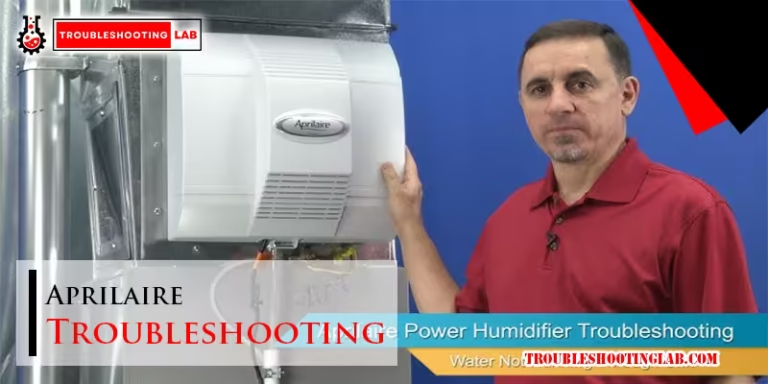
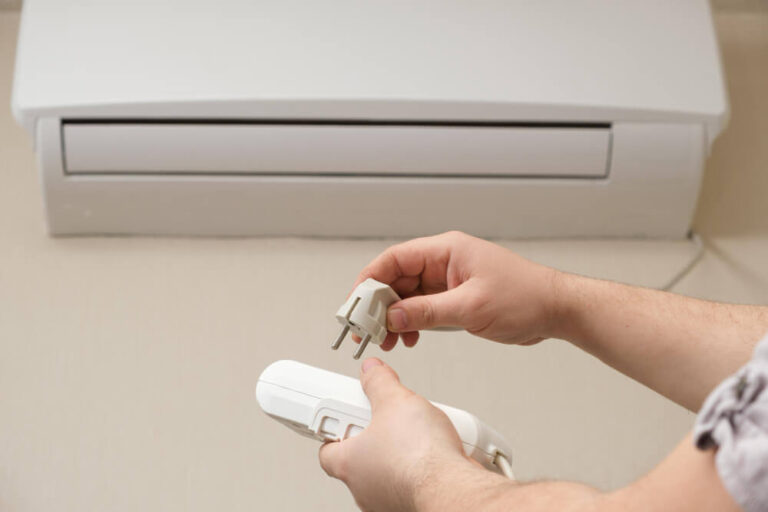
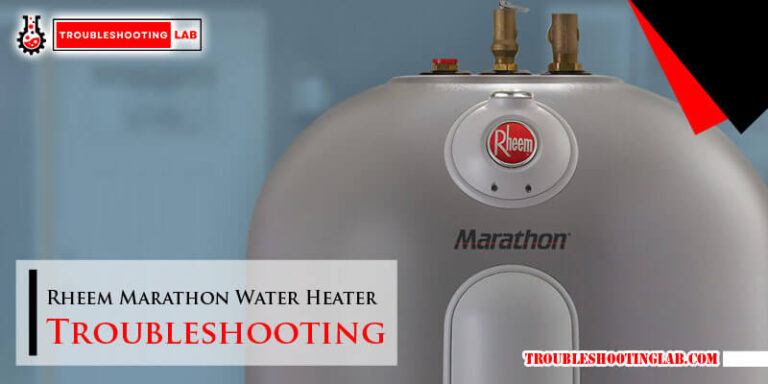
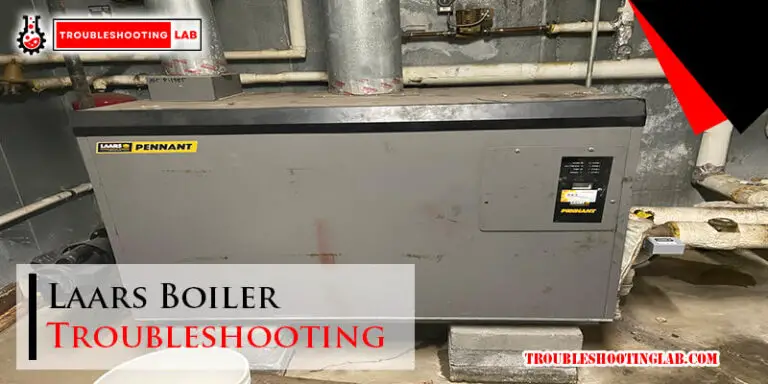
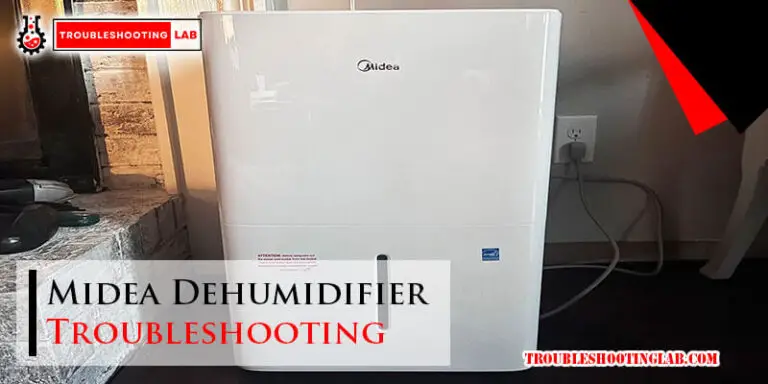
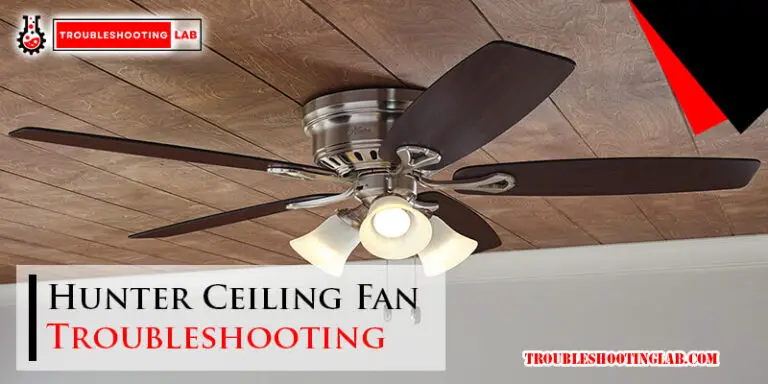
New Rheem heat pump is making a very loud sound when starting defrost cycle when temps are 29-34f …is that normal. When temps are lower no noise as loud
Thank you for reaching out! It’s normal for a Rheem heat pump to make some noise during the defrost cycle, especially in the temperature range of 29-34°F. The loud sound you’re hearing is likely the reversing valve shifting or ice breaking off the coils as the system works to defrost.
When temperatures drop lower, the system may not accumulate as much frost, resulting in a quieter operation. However, if the noise is extremely loud or sounds abnormal, it might be worth checking for loose components, debris around the unit, or potential issues with the fan or compressor.
If the noise seems excessive or has changed recently, it might be a good idea to have a professional inspect it to ensure everything is functioning correctly.
Let us know if you need further assistance!